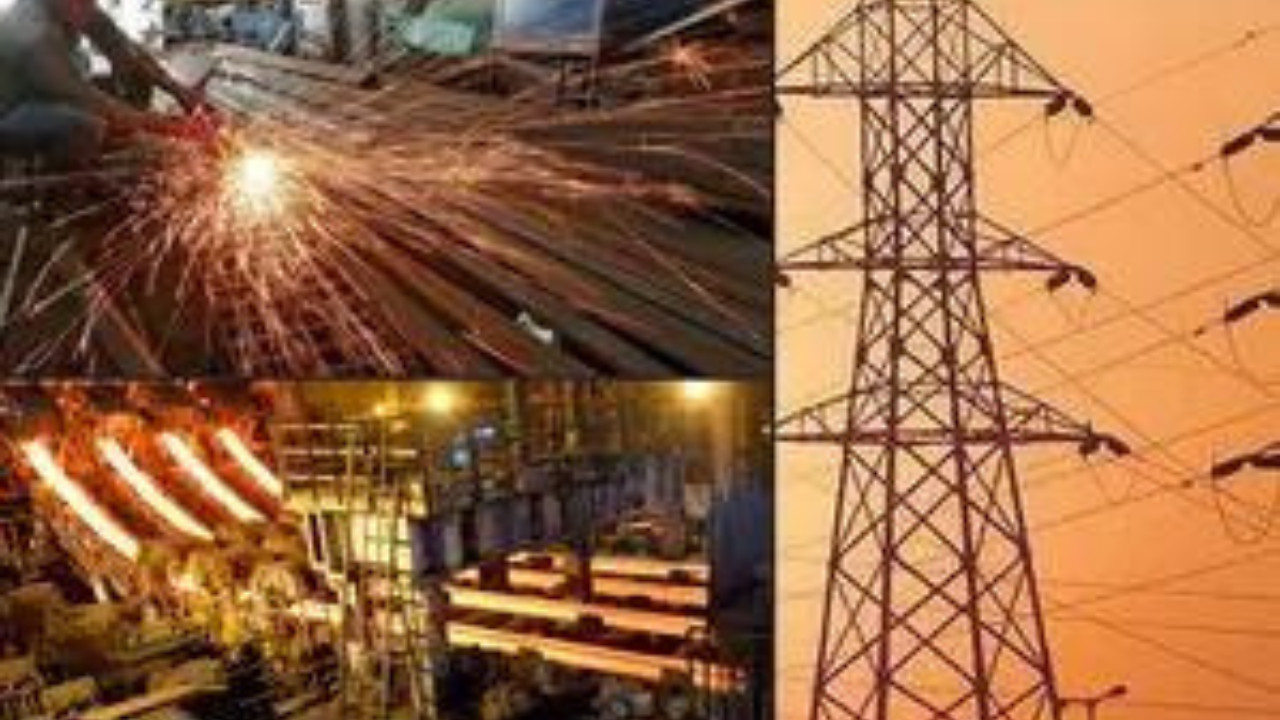Is India’s Infrastructure Engine Stalling? A Look at April’s Unexpected Dip
Okay, let’s talk shop. India’s infrastructure sector, usually a roaring engine of growth, just sputtered a bit. The latest data for April is out, and it paints a slightly concerning picture: core infrastructure growth has slumped to a mere 0.5%, an eight-month low. Now, before we start hitting the panic button, let’s unpack what this means and why it might be happening.
For those not deeply immersed in the world of economic indicators, “core infrastructure” refers to eight key sectors: coal, crude oil, natural gas, refinery products, fertilizers, steel, cement, and electricity. These aren’t just any industries; they are the foundational building blocks upon which everything else is built – literally. If these sectors aren’t firing on all cylinders, it can have ripple effects throughout the entire economy.
So, what happened in April? Well, looking at the specific sectors, the picture is mixed. The article highlights a particularly sharp contraction in crude oil production (-5.6%) and a surprisingly weak performance from natural gas (-3.8%). This is a bit of a head-scratcher, especially considering the global energy landscape. Are we seeing issues with domestic exploration? Supply chain disruptions? Or simply a blip that will correct itself in the coming months? It’s tough to say definitively, but these declines definitely contributed significantly to the overall slowdown.
Cement production, often seen as a bellwether for the construction industry, also showed lackluster growth (0.6%). This could suggest a softening in construction activity, perhaps due to rising input costs, delays in project approvals, or a combination of both. Steel production, another crucial indicator, fared a little better, but its growth also decelerated compared to previous months.
On the brighter side, coal production, a major source of energy for India, showed a reasonable increase (7.5%). This is important for powering electricity generation and supporting industrial activities. And speaking of electricity, its generation also witnessed a decent rise (6.2%), which is crucial for sustaining economic growth.
However, even with these pockets of positive performance, the overall picture is undeniably muted. The 0.5% growth figure is significantly lower than the 4.6% recorded in March and a far cry from the robust double-digit growth seen in some previous months.
The burning question is, why? Several factors could be at play here. One potential culprit is the base effect. Remember, last year’s April figures were already relatively high, creating a higher benchmark for this year’s performance. Another factor could be seasonal variations. Certain sectors, like construction, might experience a slowdown during certain times of the year.
But beyond these short-term factors, there are deeper, more systemic issues that could be contributing to this slowdown. Infrastructure development in India often faces challenges such as land acquisition hurdles, bureaucratic delays, and financing constraints. These issues are not new, but they continue to plague the sector and hinder its potential.
Moreover, the global economic slowdown and geopolitical uncertainties could also be playing a role. Reduced global demand can impact export-oriented sectors like steel and refinery products, indirectly affecting the overall infrastructure growth.
So, what does this mean for the Indian economy as a whole? While one month’s data shouldn’t be cause for alarm, it does serve as a wake-up call. Infrastructure development is vital for India’s long-term economic growth and competitiveness. A sustained slowdown in this sector could have negative consequences for job creation, industrial production, and overall economic momentum.
Therefore, it is crucial for the government to address the underlying challenges that are hindering infrastructure growth. Streamlining regulatory processes, resolving land acquisition issues, and ensuring access to adequate financing are essential steps. Furthermore, investing in technology and innovation can help improve efficiency and productivity in the infrastructure sector.
Perhaps the most important takeaway is this: India needs to double down on its infrastructure ambitions. This isn’t just about building roads and bridges; it’s about creating a robust and resilient foundation for future economic growth. The April data may be a small stumble, but it should serve as a reminder of the importance of staying focused on the long game. We need to see if this is a momentary dip or the start of a concerning trend. Monitoring the upcoming months’ data will be absolutely critical in determining the future direction of India’s infrastructure engine. Let’s hope it revs up again soon.
📬 Stay informed — follow us for more insightful updates!







